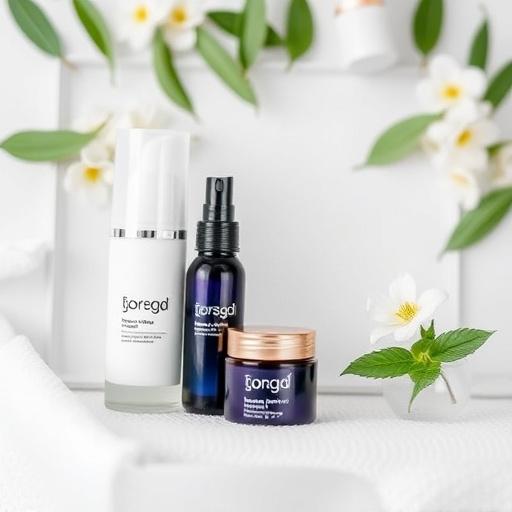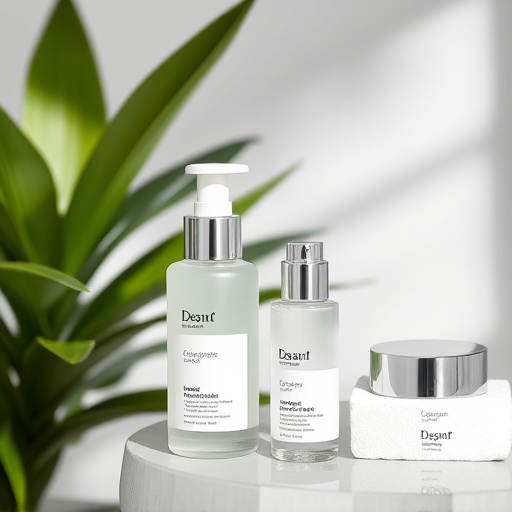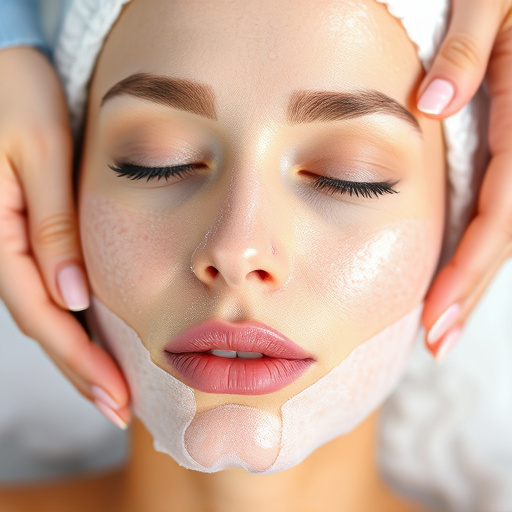Skin tag removal methods vary based on skin type and tag size, with gentle options for dry/sensitive skin (moisturizers, topical creams) and more aggressive techniques (surgery, laser) for thicker tags, requiring professional care. Non-invasive approaches like cryotherapy or chemical peels are suitable for delicate skin. Home remedies offer accessible but variable results, while professional treatments like cryotherapy and surgery provide consistent outcomes with tailored care, though they may be costlier and require multiple sessions.
Skin tags, those tiny, harmless growths, can affect people of all skin types. This article delves into the world of skin tag removal, offering tailored solutions for different skin concerns. We explore how sensitive skin can navigate safe removal methods and compare effective home remedies to professional treatments. Understanding your skin type is key to choosing the best approach, ensuring a successful and comfortable experience with skin tag elimination.
- Understanding Skin Tags Across Different Skin Types
- Non-Invasive Removal Methods for Sensitive Skin
- Effective Home Remedies and Professional Treatments Compared
Understanding Skin Tags Across Different Skin Types

Skin tags are a common concern for people of all skin types, but their appearance and behavior can vary significantly depending on individual characteristics. For instance, those with thicker, more elastic skin may notice larger, more prominent tags, while individuals with finer skin might have smaller, delicate tags that are easily irritated. Understanding these variations is crucial when it comes to effective skin tag removal.
Different skin types also mean different approaches to treatment. For those with dry or sensitive skin, gentler methods like moisturizing regularly and using topical creams designed for gentle skin care may be sufficient to remove tags without causing discomfort or irritation. In contrast, individuals seeking more aggressive body contouring might opt for surgical excision or laser treatments, which are particularly effective for thicker tags but require professional expertise and can be costlier. Additionally, skin rejuvenation techniques like hydrating facials can play a supportive role in maintaining healthy skin after removal.
Non-Invasive Removal Methods for Sensitive Skin

For those with sensitive skin, traditional methods of skin tag removal can be a challenge due to potential irritation or discomfort. Fortunately, several non-invasive techniques are available that offer effective skin tag removal while minimizing risks and side effects. One popular choice is cryotherapy, which involves freezing the skin tags with liquid nitrogen. This method is generally well-tolerated by sensitive skin types and has shown promising results.
Another gentle approach is using topical creams or salves containing ingredients like salicylic acid or glycolic acid. These anti aging treatments can soften and remove skin tags over time, making them ideal for individuals seeking less invasive aesthetic treatments. Additionally, chemical peels, a type of procedure that uses chemicals to exfoliate the top layer of skin, can also be beneficial. Professional-strength chemical peels, administered by dermatologists, offer precise removal while reducing the risk of scarring, making them suitable for sensitive skin and ensuring effective skin tag removal without causing further irritation.
Effective Home Remedies and Professional Treatments Compared

When considering skin tag removal, individuals often turn to both home remedies and professional treatments, each with its own set of advantages. Home remedies like apple cider vinegar, tea tree oil, and duct tape have gained popularity for their accessibility and perceived cost-effectiveness. These methods are generally non-invasive and can be done in the comfort of one’s home. However, their efficacy may vary greatly, and results might not be as consistent or dramatic as expected.
In contrast, professional treatments such as cryotherapy (freezing), surgical excision, and microneedling therapy offer more reliable outcomes. Medical spa services provide a range of non-surgical treatments tailored to different skin types, ensuring safety and effectiveness. While these options may come with higher costs and require multiple sessions, they are preferred by many for their precision and ability to address larger or more persistent skin tags. Professional treatment plans often include follow-up care, addressing potential side effects and ensuring the best possible result.
Skin tags can affect individuals of all skin types, but understanding how they manifest differently is key to choosing the best removal method. For sensitive skin, non-invasive options like salicylic acid or cryotherapy are ideal, while home remedies such as apple cider vinegar or banana peels offer a gentle yet effective alternative. Professional treatments like laser surgery provide long-lasting results for more persistent tags. When it comes to skin tag removal, exploring these diverse methods allows you to select the approach best suited to your unique skin needs.














